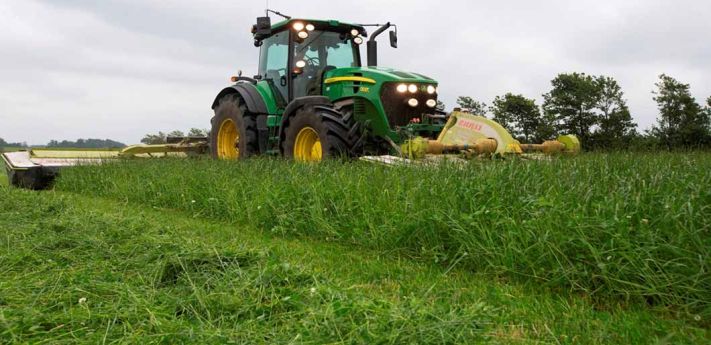2G Festuloliums – Combining all the good from three forage species
Together with researchers from Aarhus University, DLF is now seeking to expand its expertise in top performing Festuloliums. The idea is to create a new type of Festulolium that can meet the challenges of future climate and biomass requirements.
During the past twenty years, Festuloliums have successfully paved their way into farmer’s selection of forage crops. Due to their great persistence and capacity for standing dry conditions combined with good forage quality, they have become increasingly popular in forage mixtures.
In a new ambitious project, researchers and breeders at DLF, Aarhus University (AU), and Chinese Academy of Science (CAS) will explore the possibilities of making a new type of Festulolium in which the best properties of three different grass species are combined. The three species are perennial ryegrass, which is recognized for its high forage quality; westerwoldic ryegrass, which has very high growth rates; and meadow fescue, which is both persistent and stress tolerant.
The aim is to boost biomass, quality and robustness in the same hybrid. Under this objective, the researchers will investigate the genetics of parents and hybrids to develop a tool that can predict the outcome of future crossings from a simple DNA test.
But the ambitions do not stop here. Using a new technology called “reverse breeding” Prof. Caixia Gao and her team at CAS, will explore the possibilities of making Festulolium hybrids in which some chromosomes are derived from one species and some from the other. “These kinds of hybrids with “pure” species chromosomes will extend the room for improvements in Festuloliums significantly”, says Christian Sig Jensen, who coordinates the DLF part of the project.
The project runs over five years. It has a budget of DKK 16 million and receives financial support from the InnovationsFonden, Denmark.

